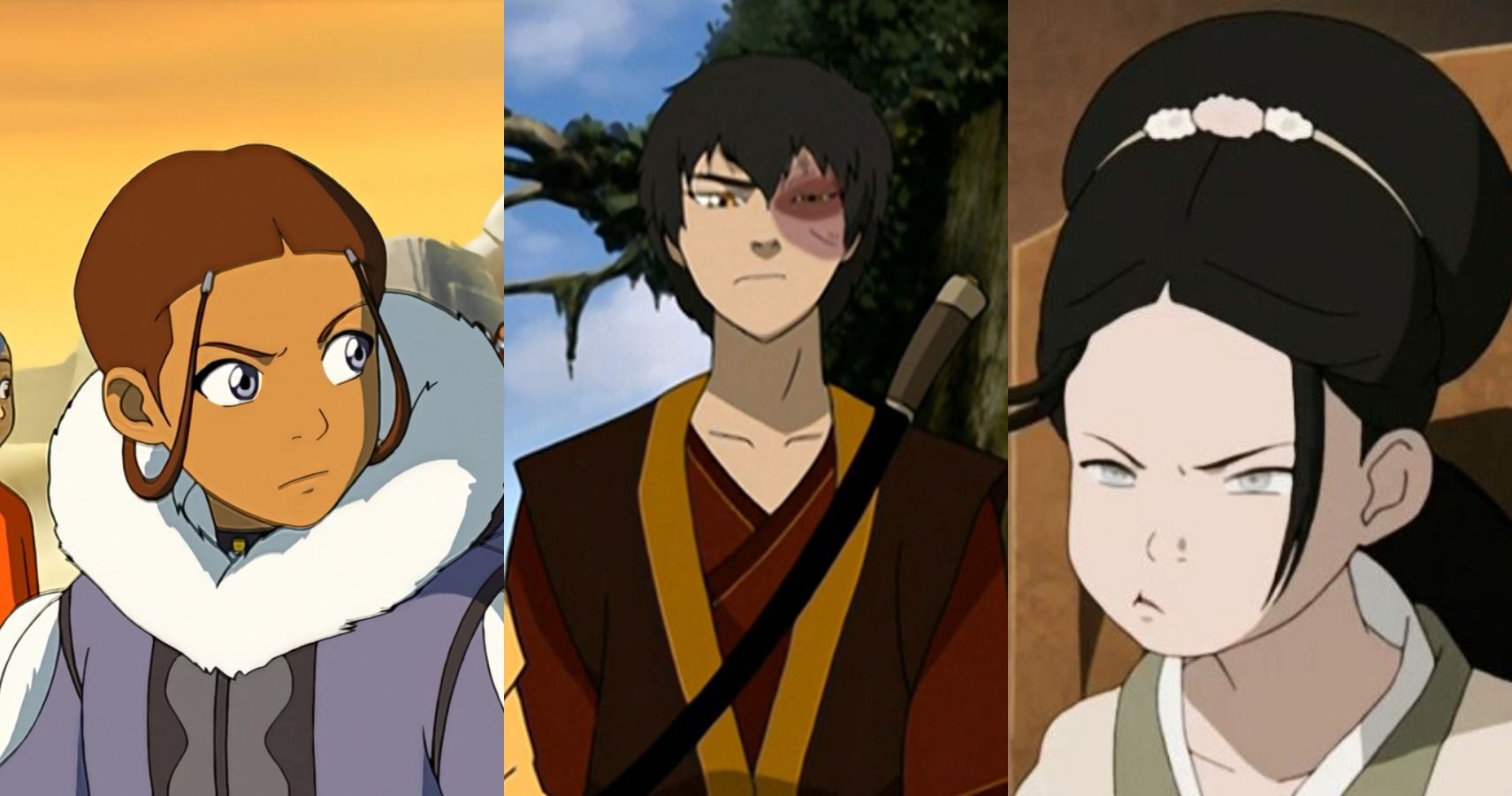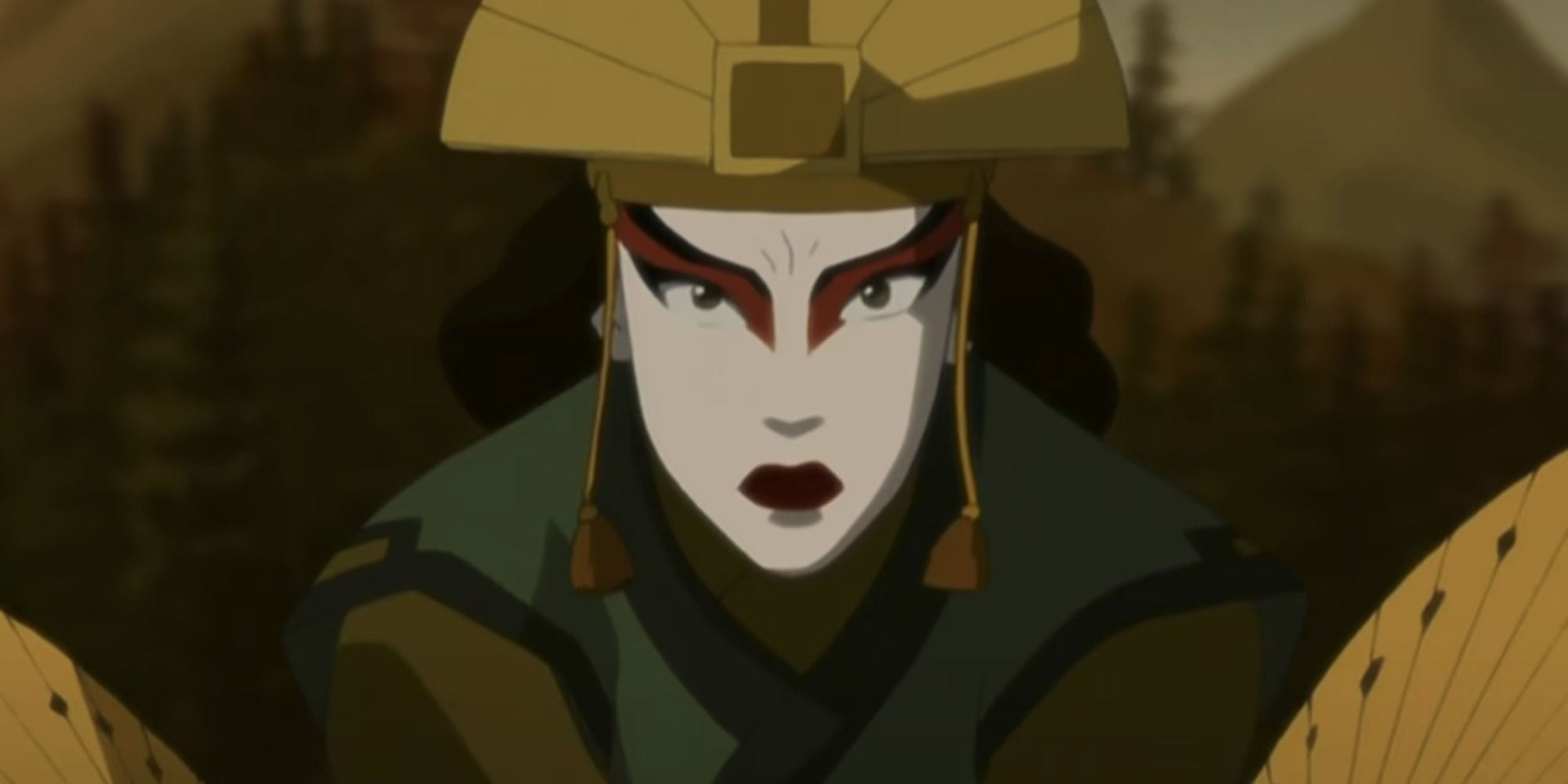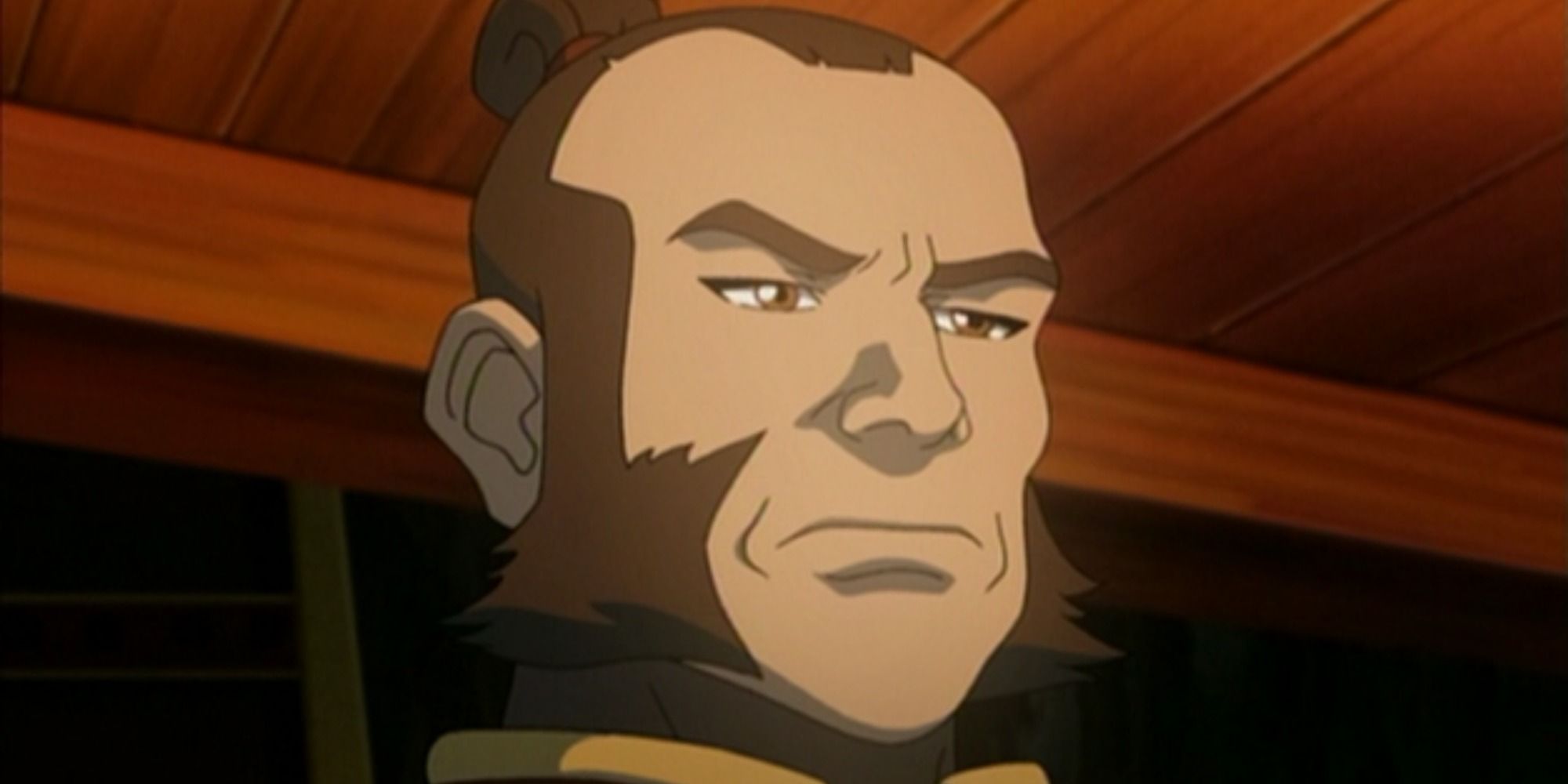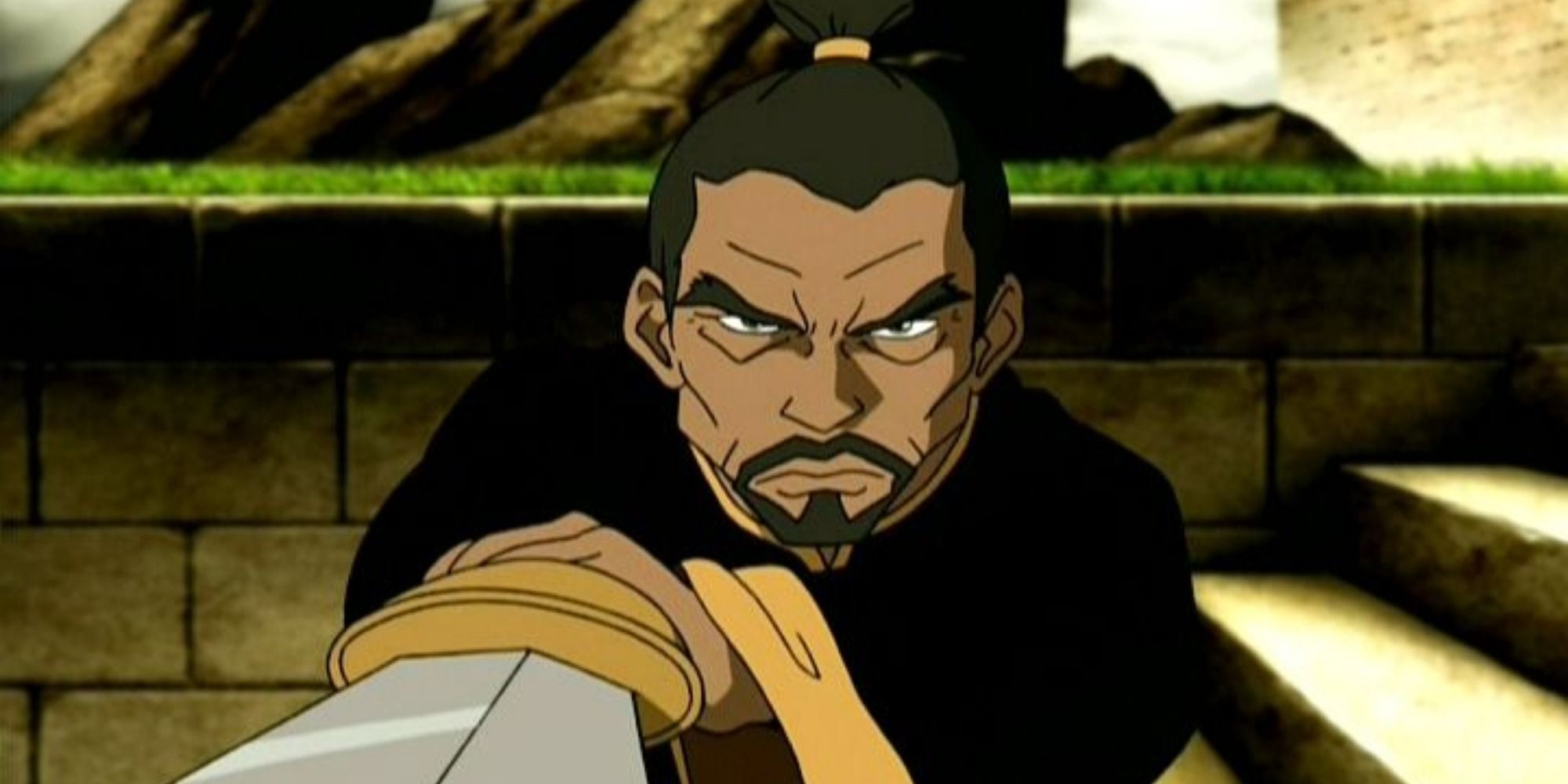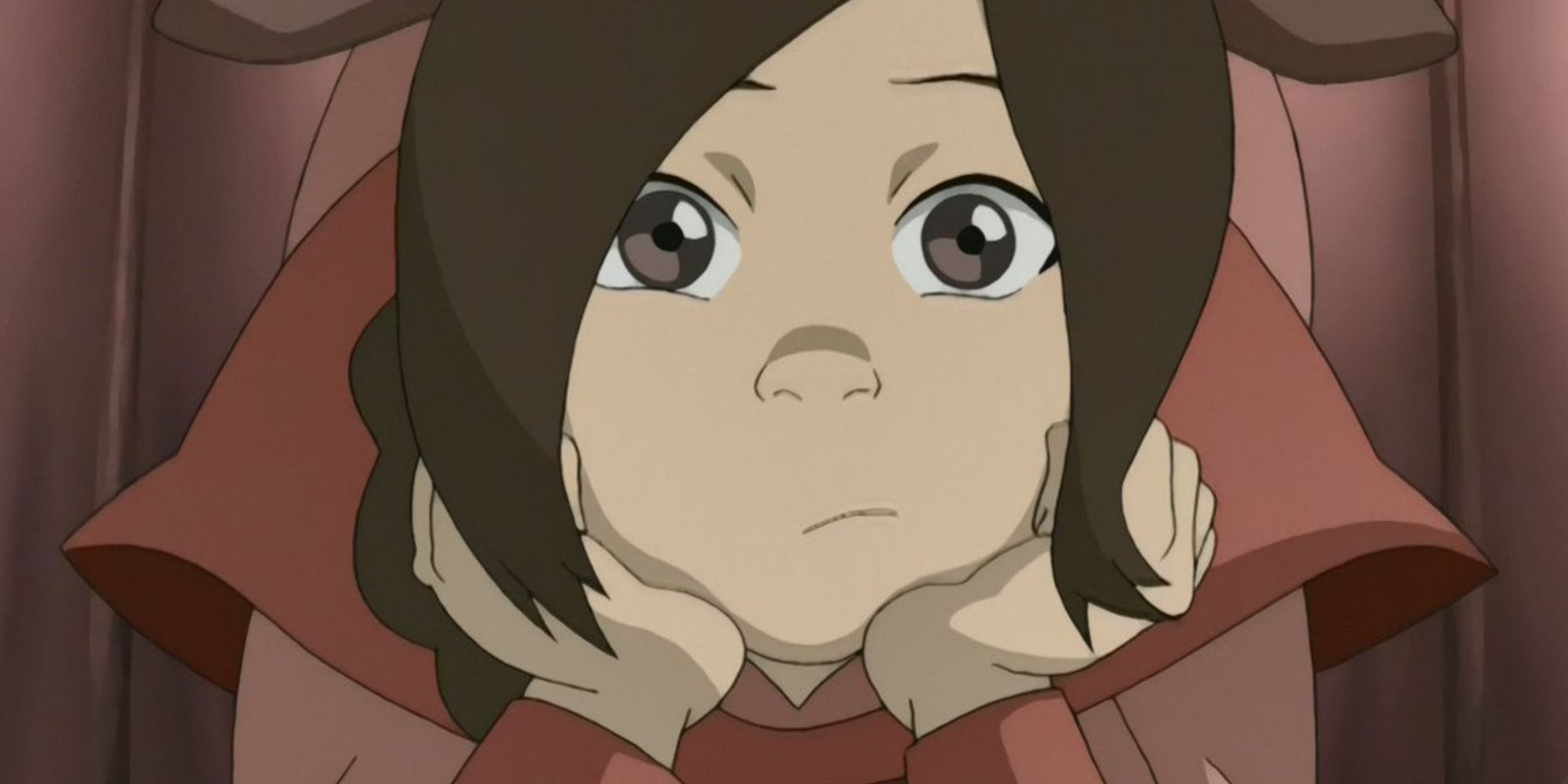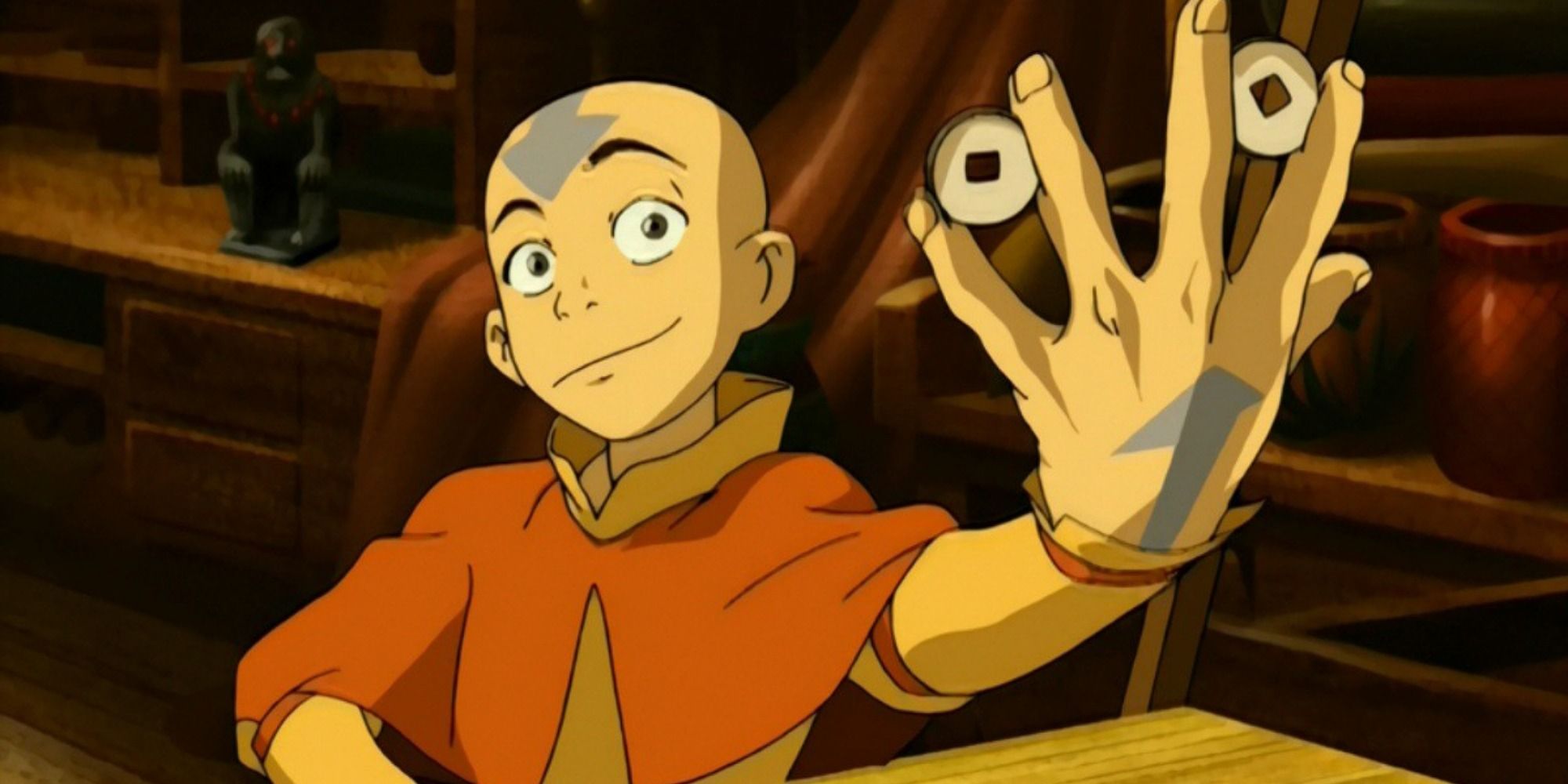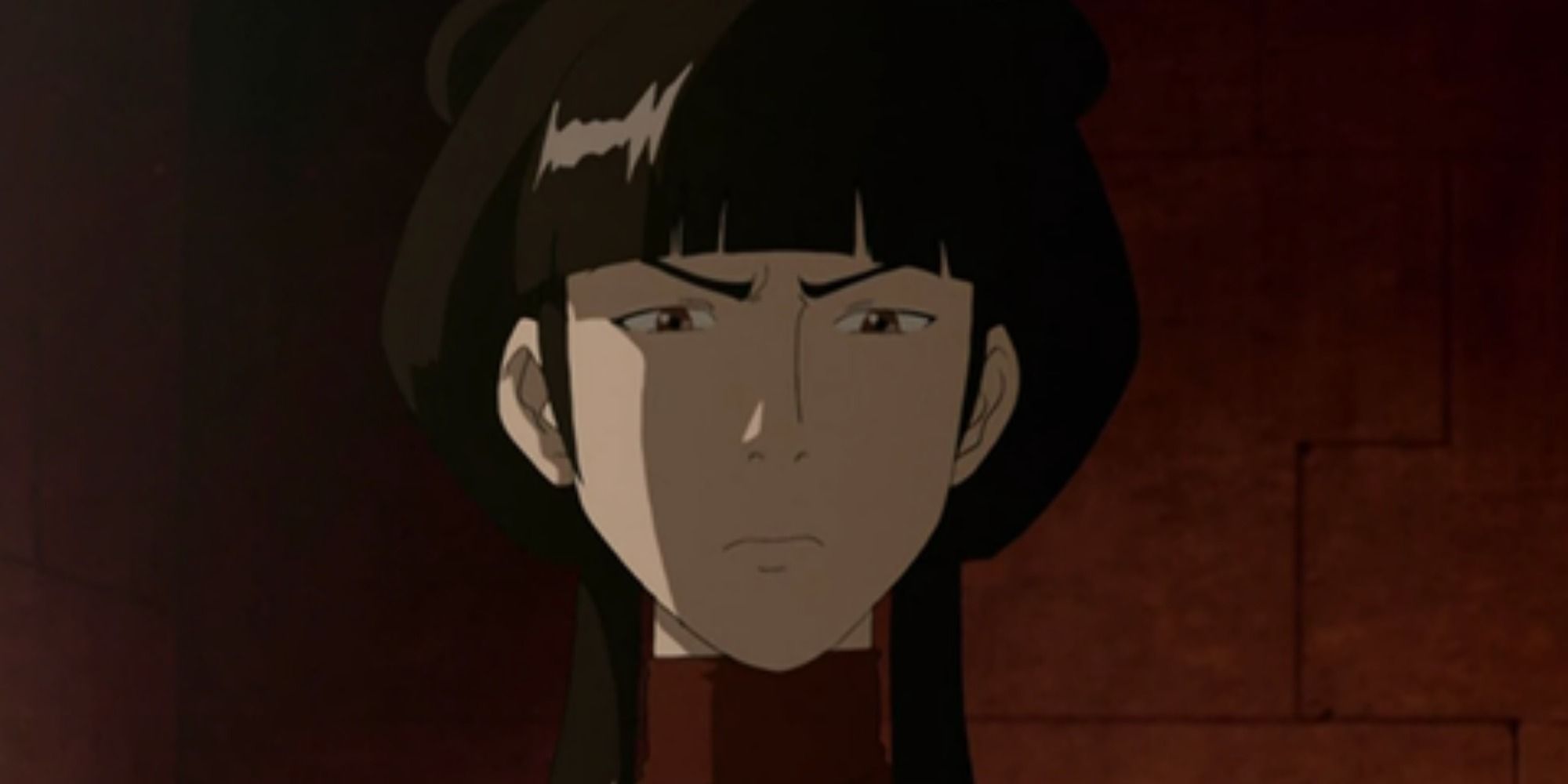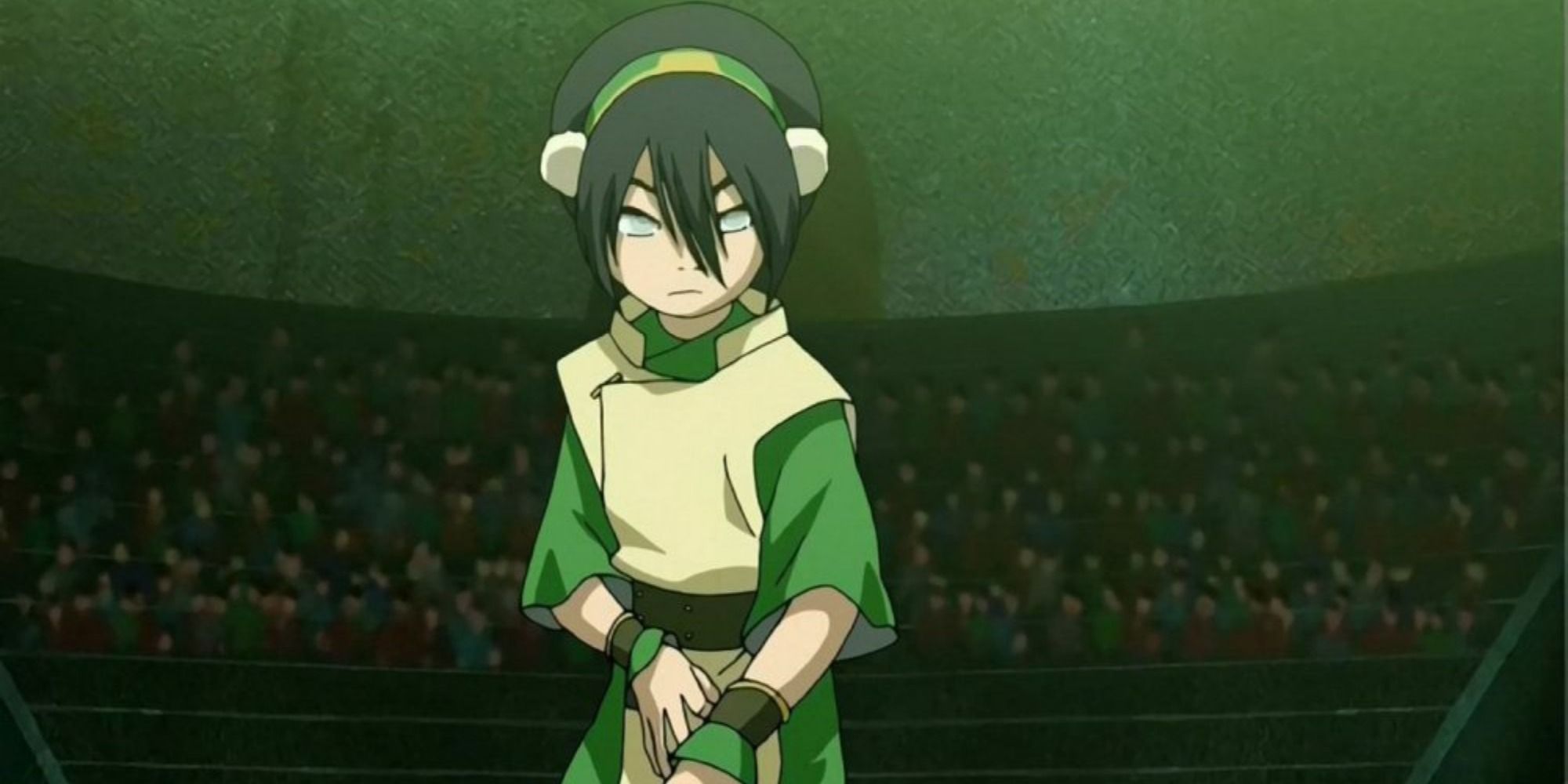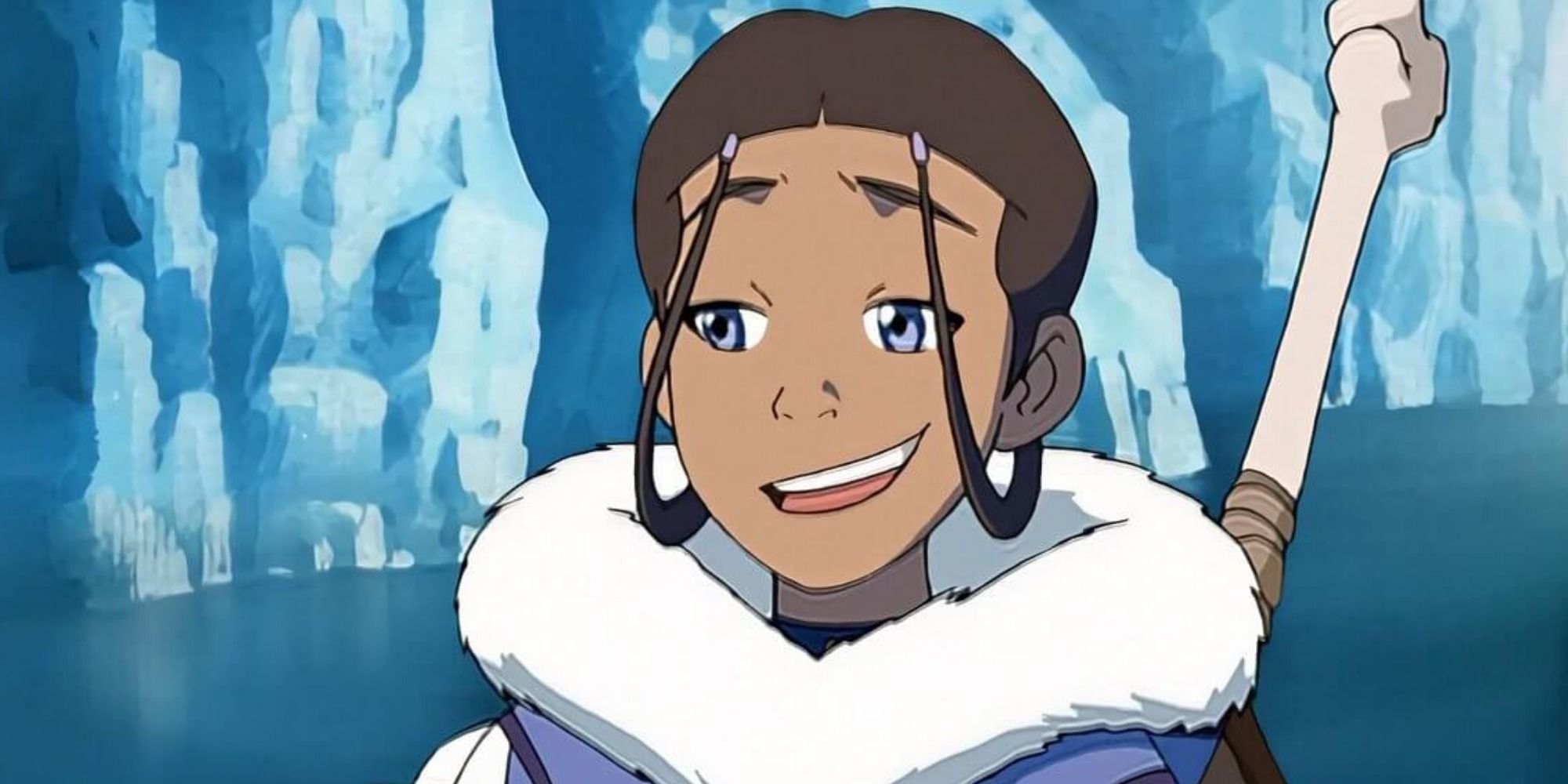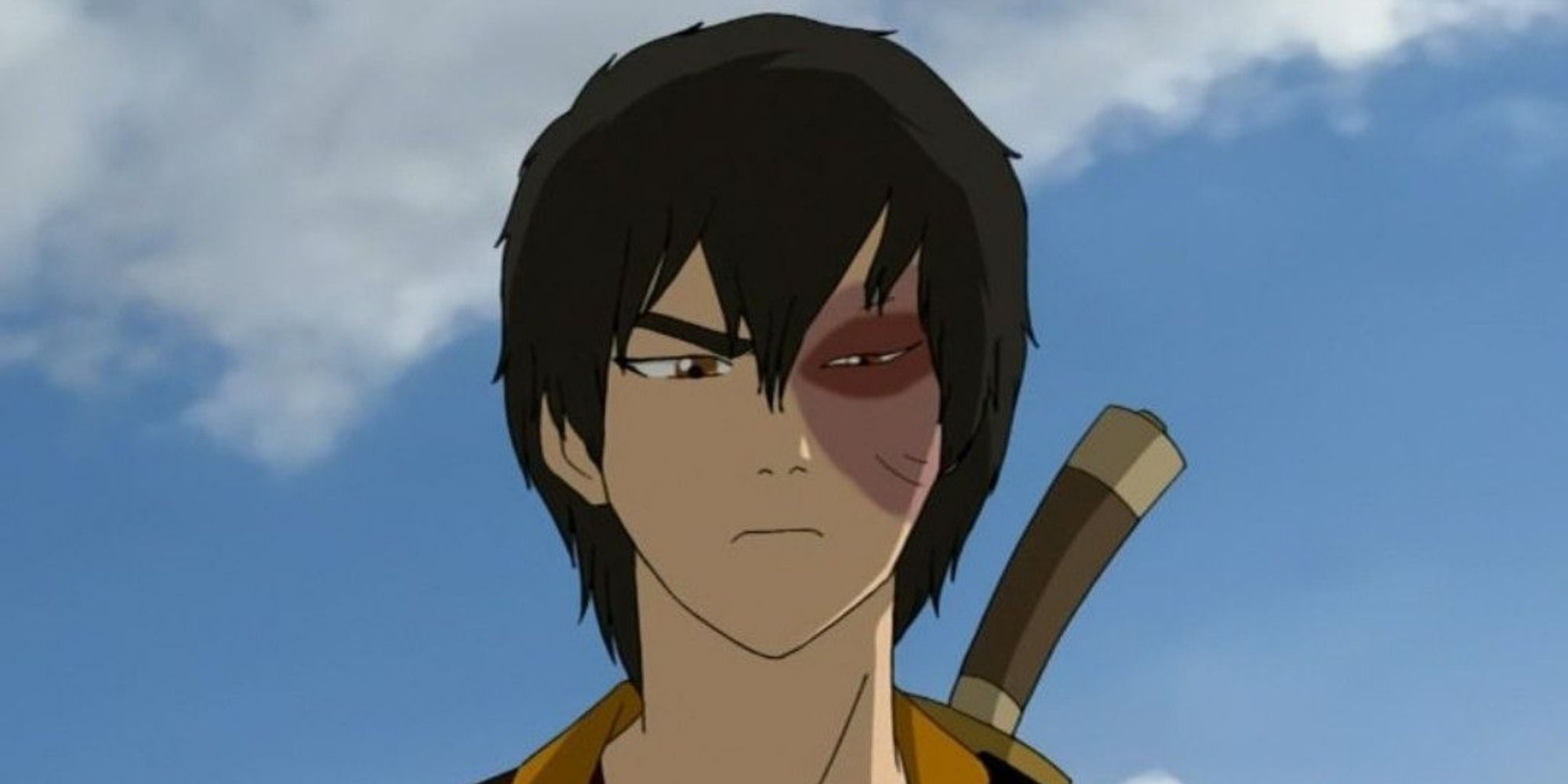Avatar: The Last Airbender is a wonderful showcase of characters that had their rudimentary arcs throughout the series and showed memorable moments that resonate to fans. This hit Nickelodeon series is not just a hero’s journey of airbender Aang reclaiming his destiny as his generation’s avatar, but also a coming-of-age passage of his best friends, his adversaries and his allies.
For all audiences alike, it can help to learn that each of the characters have an actual meaning to relate to their arcs. Whether their etymologies are intentional or accidental upon translation, they add more reasons to appreciate the show.
Avatar Kyoshi
Avatar Kyoshi is a legend across the Earth Kingdom. She was the earthbender Avatar who had lived for 230 years, and was described to be gigantic. Despite her deeply flawed backstory, her renowned exploits and defiant assertiveness were the inspiration for the Kyoshi Warriors, down to adapting her physical appearance.
Speaking of, the Kyoshi Warriors have emblematic fans with Japanese inscriptions that, when combined, translates to “capital samurai”. Since samurais follow a strict code over weakness, Kyoshi has her moral code that was marked by her strong sense of justice.
Zhao
An adversary to both Aang and Zuko, Admiral Zhao is an ambitious Fire Nation leader with hot-tempered determination to capture the Avatar. Zuko found him as a legitimate threat to his plans to pursue Aang first to gain acceptance from his father. Zhao’s avaricious desire becomes his own loss, however.
Zhao’s name can be linked to two figures in Chinese history. First is the ancient state of Zhao, whose generals are known to be cruel and cunning. And second is Zhao Kuangyin, Song Dynasty’s first emperor, who loves procuring knowledge.
Piandao
Piandao is not much of a Fire Nation warrior, but more of a master swordsman and swordsmith. He abandoned the Fire Nation military and instead taught swordplay and its essence to Sokka. He eventually becomes a high-ranking member of the Order of the White Lotus.
Piandao’s name is possibly derived from “piandao”, a type of Chinese sabre from the late Ming Dynasty. This sword is used by skirmishers for draw-cutting (which fits his backstory of cutting his ties with the army). Though, Piandao primarily uses a “jian”, a straight-bladed sword.
Ty Lee
Ty Lee served as a loyal confidante to Fire Nation princess/childhood friend Azula. In contrast to Mai, she is a rapid ball of energy, who bounces from being an attention-getter to being an airhead. Being a former acrobat, she uses her abilities for nefarious plans.
Ironically, in the Taiwanese dub, her name is translated as “calm and beautiful”. While she is indeed beautiful, she is anything but calm, given her manic energy and bubbly attitude. However, after the war, she joined the Kyoshi Warriors, giving her the peace she needed.
King Bumi
Bumi is a close friend to Aang before he fled the Air Nomads. Years later, as the King of Omashu, he exhibited a hefty skill as an Earthbending master and, after a series of tests, guided Aang and company. After liberating Omashu, he joined the Order of the White Lotus.
Bumi’s name literally means “earth” or “land” in Sanskrit and Thai. So, there is not much deeper to look at. However, in the Chinese dub, his inscription means “to spread rice”. Since rice symbolizes prosperity, it fits to describe Omashu.
Aang
The last surviving Airbender, Aang becomes the unlikely hero his world needs. Taking his place as the new Avatar, he masters all four bending arts: airbending, waterbending, earthbending, and firebending. Together with his closest friends and newfound allies, he leads a charge to stop the Fire Nation from total dominion.
In the episode “Tales of Ba Sing Se”, Aang’s name, written in Chinese inscription, means “peaceful soaring”. While that generally describes the core trait of an Air Nomad, it also relates to Aang’s main responsibility, which is to restore peace.
Mai
There is more to Mai than just her cold, stoic personality. A once loyal confidante to Azula, she specializes in wielding different types of weapons, from knives to shuriken, all concealed in her clothing. And she mainly serves as a foil to Azula’s manic spitefulness and Ty Lee’s lively energy.
All relate to her name aptly since Mai in Cantonese means “sleeve of a robe”, and in Japanese bears resemblance to “meimei”, which means “dark” or “invisible”. While they describe her at face value, they also describe her ulterior innocence.
Toph Beifong
Toph is the group’s chief Earthbender, who taught Aang how to master the Earth element. The group tomboy, she is blunt, boastful, sardonic and testy. Despite her blindness, Toph has a heightened sense of hearing and feeling vibrations that provides an advantage against other Earthbenders.
While her name is an obvious pun to “tough”, Toph’s name means “expanding lotus” and Beifong translates to “northern” when written in Chinese. The latter makes sense since the Beifong family is actually of high-class in the Earth Kingdom. Yet, Toph fled from her family.
Katara
The sole waterbender of the Southern Water Tribe, Katara is Aang’s close confidante and best friend. She and her brother Sokka guided Aang throughout the world to aid him in mastering all four elements and fight off against the Fire Nation. Along the way, she masters her ability in waterbending.
The etymology of Katara’s name is truly literal since her name means “water droplet” in Arabic. In Chinese, the last character of her name means “pull”. When combined, Katara’s name describes the basics of waterbending. Though, it could also mean Katara being pulled to greatness.
Zuko
The then crown prince of the Fire Nation, Zuko was banished by his father, Fire Lord Ozai, and aimed to capture the Avatar to regain his honor. Guided by his caring uncle General Iroh, he gave chase to the group but eventually rejected his father and his ideals and accepted to teach firebending to Aang.
Zuko’s name was given two different inscriptions in the series. One was on a wanted poster with the text translating to “ancestors robber”. And second was in a title card, where his name means “awaken rank”, foreshadowing his eventual redemption.

